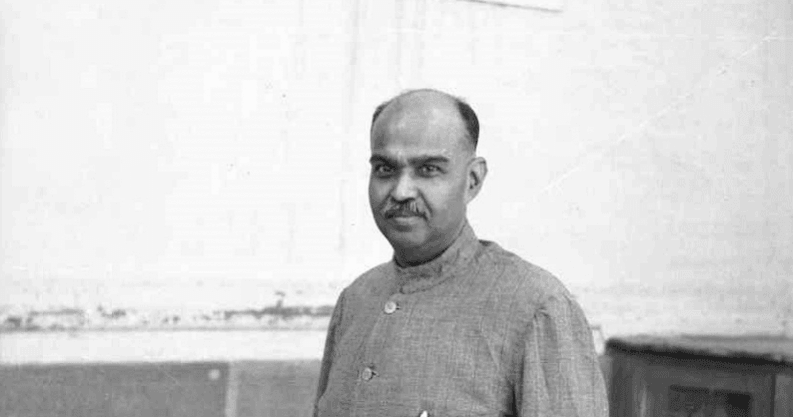
When it comes to charismatic personalities and game-changers, Indian history is rich with them. Still, we talk about a few and leave the rest to history. Syama Prasad Mukherjee is rarely spoken about the figure in the country's political evolution. The politician, barrister, academician and above all a patriot, was responsible for the change that would be the foundation on which India's political landscape today was built.
Born on this date 6th July in the year, 1901 Syama Prasad Mukherjee was an instrumental figure in India's journey to independence and long after, witness to India's long and hard battle for freedom.
Syama Prasad Mukherjee cleared the path for BJP
Born in Calcutta in 1901 in a Bengali Hindu Brahmin family to Ashutosh Mukherjee a High Court judge in Calcutta and Jogamaya Devi Mukherjee, Syama Prasad himself grew up to become an advocate later the youngest Vice-Chancellor of Calcutta University in 1934.
Syama Prasad Mukherjee began his political career as part of the Indian National Congress in 1929 representing the University of Calcutta, however, when INC decided to boycott the legislature he quit the party in 1930. After contesting as an independent candidate, Mukherjee became the leader of the Hindu Mahasabha in 1939. As tensions rose in Bengal around the partition in 1941, he made the bid for the partition of Bengal.
In 1946, he made a bid for the partition of Bengal and opposed the failed bid of 'United but independent Bengal' made by Subhash Chandra Bose's brother Sarat Bose to prevent Hindu- majority areas from falling under East Pakistan.
He would also be part of the faction of those in India at the time that protests the Quit India Movement. The opposition to the movement by the Rashtriya Samyasevak Sangh, the Hindu Mahasabha and princely states as per historical accounts would become a controversial moment for Indian history in determining who stood for independence. The Mahasabha would retain their posts at the expense of the INC.
The question is how to combat this movement (Quit India) in Bengal? The administration of the province should be carried on in such a manner that in spite of the best efforts of the Congress, this movement will fail to take root in the province. It should be possible for us, especially responsible Ministers, to be able to tell the public that the freedom for which the Congress has started the movement, already belongs to the representatives of the people. In some spheres, it might be limited during the emergency. Indians have to trust the British, not for the sake for Britain, not for any advantage that the British might gain, but for the maintenance of the defense and freedom of the province itself. You, as Governor, will function as the constitutional head of the province and will be guided entirely on the advice of your Minister. " - Syama Prasad Mukherjee in a letter, Noorani, 2000, pp. 56-57.
Prime Minister Nehru inducted Syama Prasad as the Minister of Industry and Supply in 1947. It was in 1951 after India attained independence that Syama Prasad Mukherjee formed the Bharatiya Jana Sangh on October 21st. After having a fallout with the Jawaharlal Nehru administration. The party would become the first litmus test for 'Hindu nationalism' in India drawing on a similar fabric as the RSS, the party's goal of a unified 'Hindu nationalist' politics and nation-building, it was the beginning of an era that would one day lead to this moment.
When it came to politics, even then Syama Prasad Mukherjee had been a strong opponent to the matter of Article 370 seeing it as opposing the idea of national unity, terming it as the 'Balkanization' of India. In 2019, when BJP abolished Article 370, it was dubbed a realisation of the politician's dream. In more ways that one Syama Prasad Mukharjee paved the way for BJP that would in 2014 return to govern India for two terms under Prime Minister Modi. While history doesn't forget those who made it and wrote it, people often do, given small reminders year after year.















